Images: Adélie Penguins Cope With Changing Sea Ice Conditions
Adélie colony
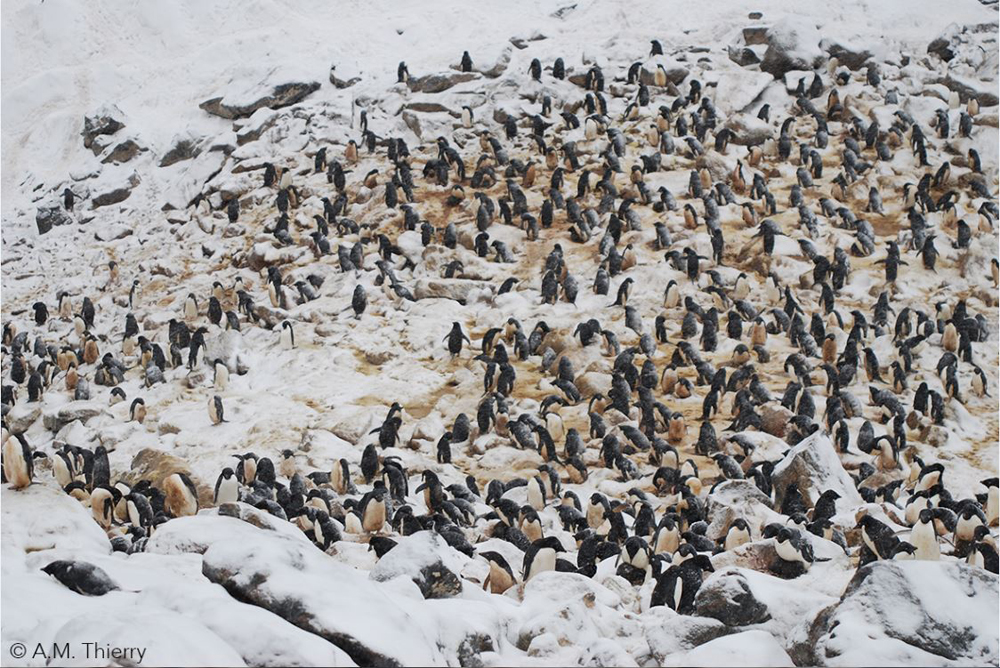
Adélie penguins are common along coastal Antarctica but, in recent years, populations have increasingly suffered from changes in sea ice conditions associated with climate change. The penguins use sea ice as platforms for hunting, and have to expend more energy hunting when sea ice is less prevalent. Researchers interested in how this environmental stress affects parenting treated 10 adult males with a stress hormone for three weeks to determine how it changed parenting behavior and chick health.
Caring for young
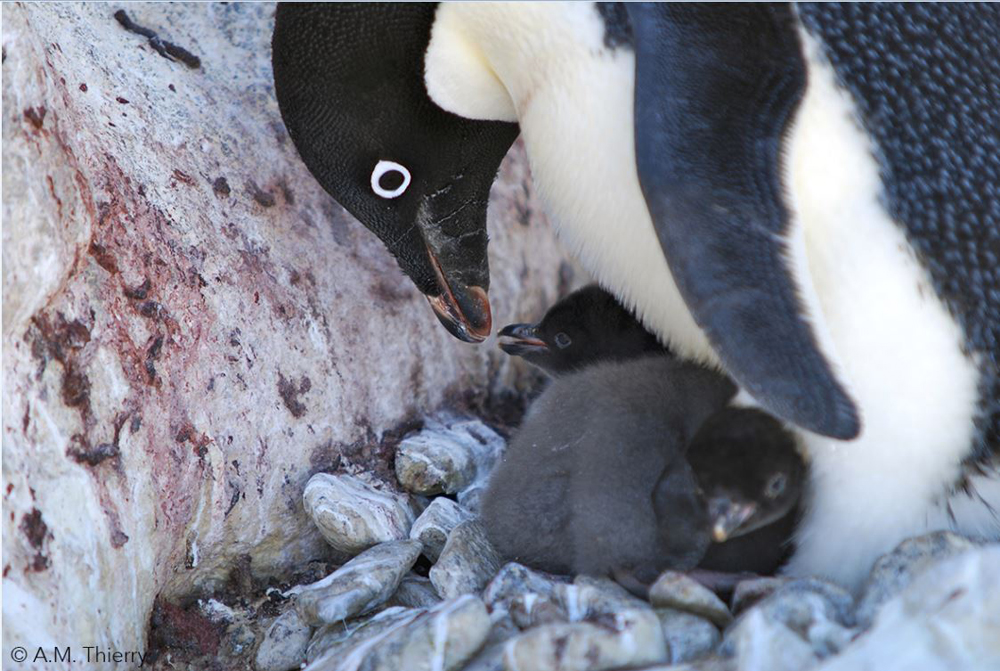
Adélie penguins generally have two chicks per breeding season. The team found that the adults treated with a stress hormone were more likely to lose one of their two chicks due to predation or other unknown factors, compared to untreated adults. The chicks in this photo are about 5 days old.
Chicks need attention

Chicks require constant parental protection during the first three weeks of their lives. These chicks are between 5 and 10 days old.
Predator, South Polar skua
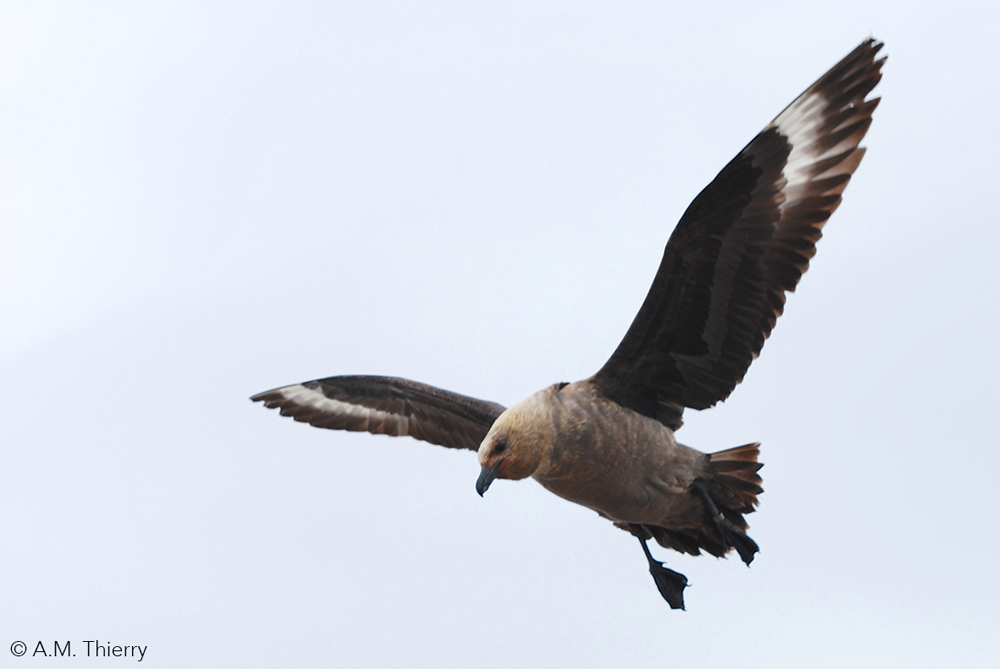
The South Polar skua is the main predator of the penguin chicks while they are first developing on land.
Parents forage
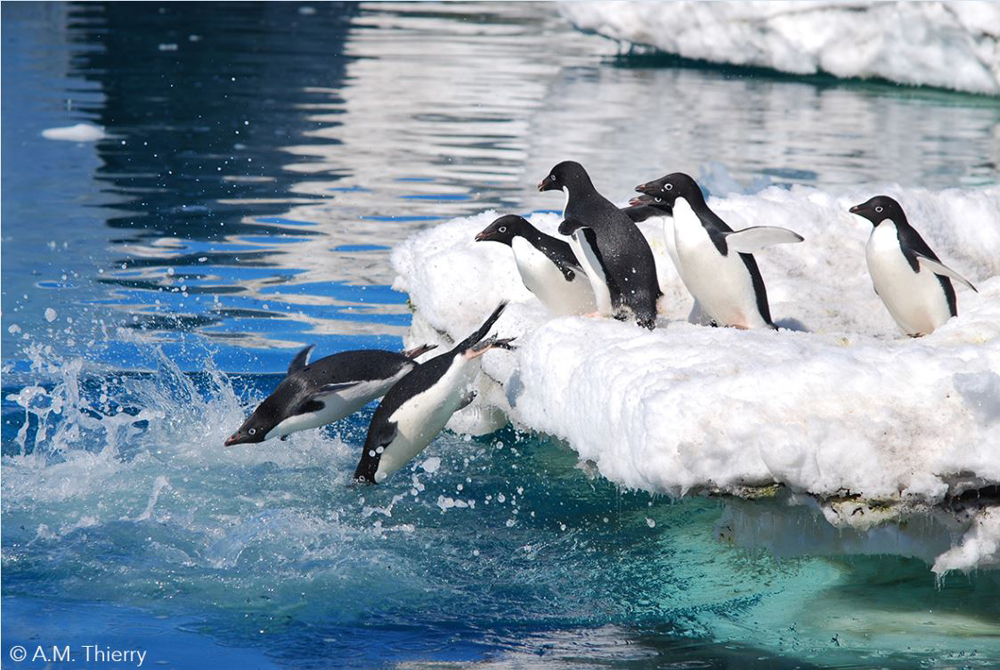
After the first three weeks, chicks are left alone with other chicks while both parents go off to forage.
Growing older
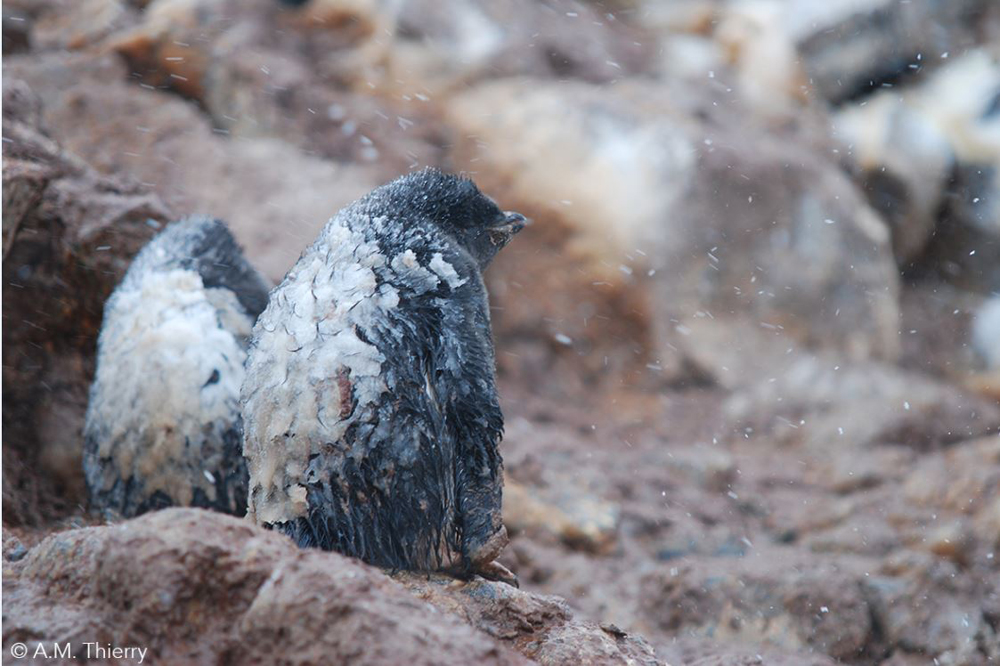
These chicks are between 20 and 30 days old, and have been left alone while their parents hunt for food.
Nearly ready to fledge
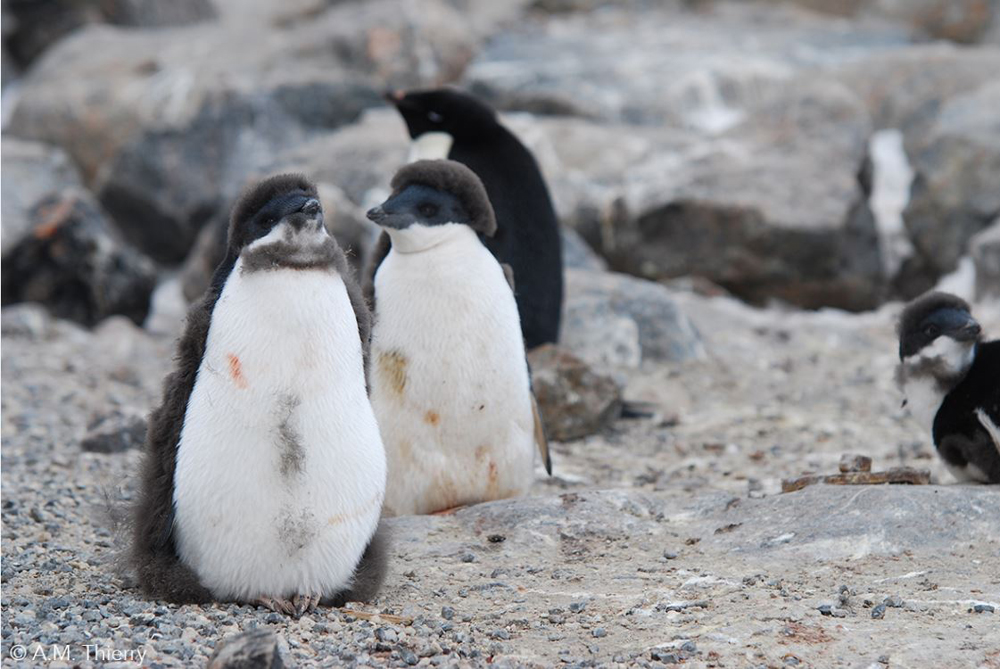
These chicks are nearly ready to fledge, which generally occurs about 51 days after hatching.
Get the world’s most fascinating discoveries delivered straight to your inbox.

